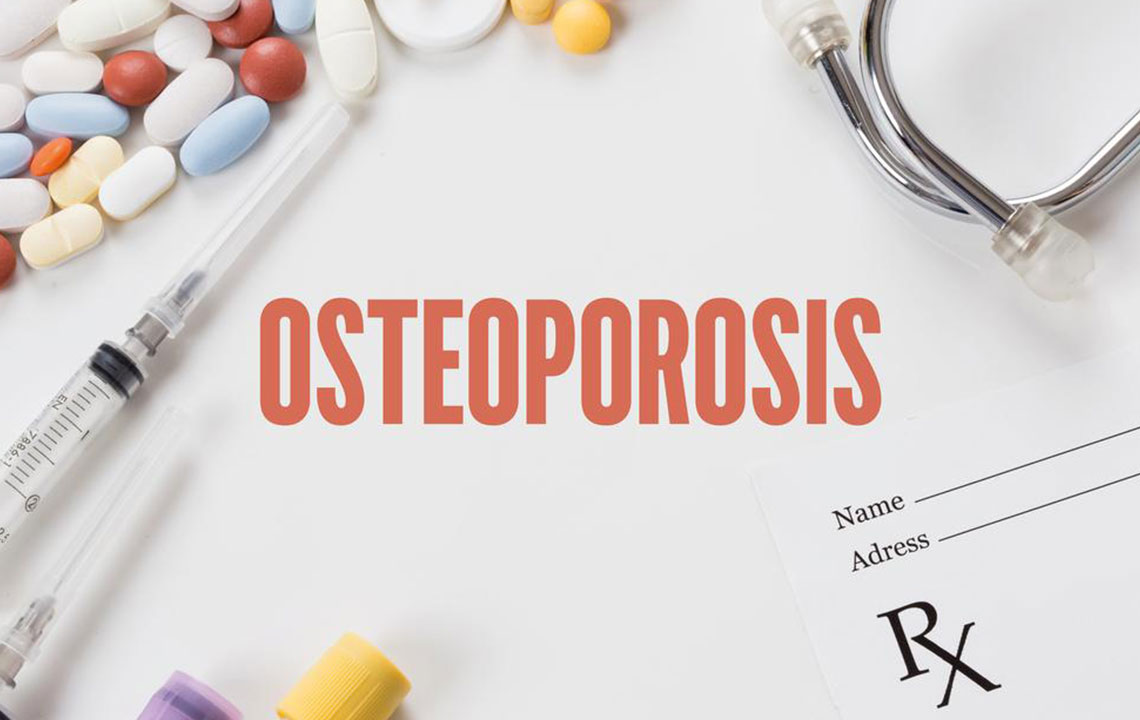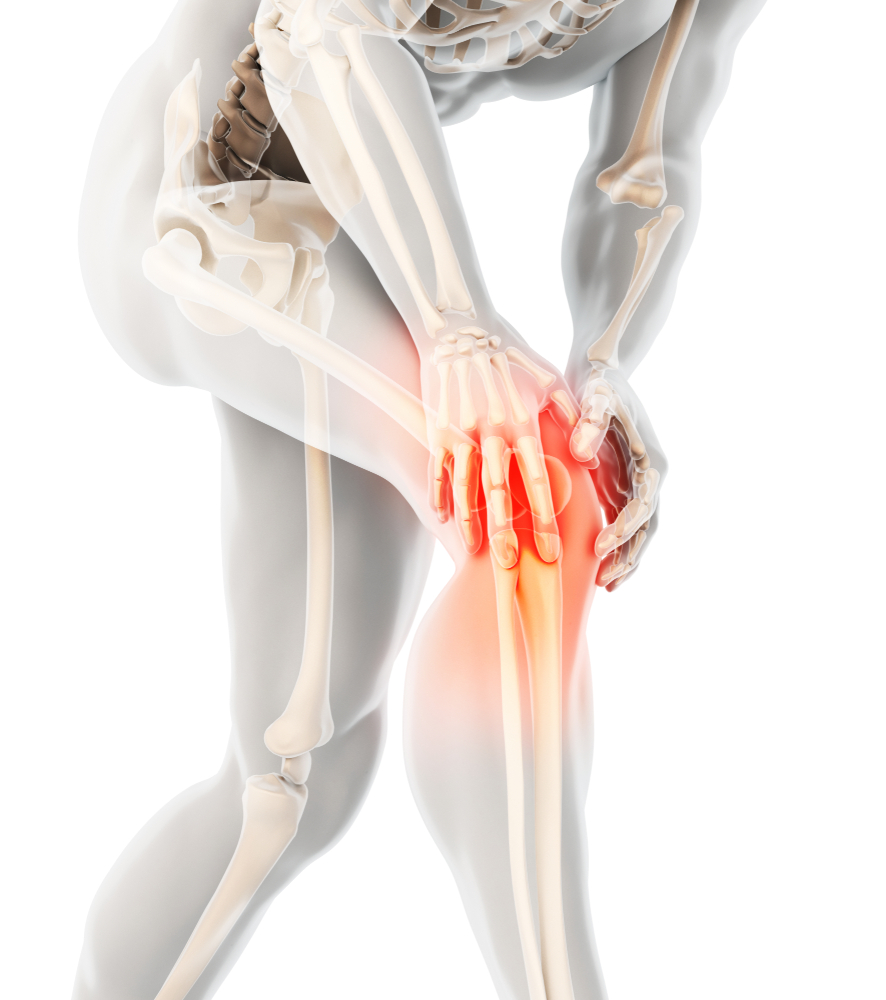A Comprehensive Guide to Osteogenesis Imperfecta: Causes, Symptoms, and Management Strategies
This comprehensive article offers an in-depth exploration of osteogenesis imperfecta, highlighting its genetic causes, diverse symptoms, diagnostic methods, and current treatment strategies. It emphasizes the importance of early diagnosis, multidisciplinary care, and lifestyle choices in managing this complex condition. From surgical options to nutritional recommendations, readers gain a thorough understanding of how to improve quality of life for those affected by brittle bone disease, making it an essential resource for patients, caregivers, and healthcare providers seeking effective management solutions.

Understanding Osteogenesis Imperfecta: Causes, Symptoms, and Care Strategies
Osteogenesis imperfecta (OI), often referred to as brittle bone disease, is a genetic disorder characterized by remarkably fragile bones that tend to break easily. This condition manifests from birth, leading to bones that are often misshapen, weak, and prone to fractures even with minor impacts or routine movements. Globally, an estimated 25,000 to 50,000 children live with osteogenesis imperfecta, making it a significant but often underdiagnosed health issue.
While there is currently no cure for OI, early detection, proactive management, and comprehensive care can substantially improve the quality of life for affected individuals. In this detailed guide, we explore the causes, symptoms, diagnosis, and modern treatment approaches for osteogenesis imperfecta, providing valuable insights for patients, families, and healthcare professionals alike.
Understanding the Causes of Osteogenesis Imperfecta
The primary origin of osteogenesis imperfecta lies in genetic mutations that disrupt the synthesis of type 1 collagen, a vital protein that provides structural integrity to bones, skin, tendons, and other connective tissues. Approximately 80% of cases are inherited via dominant genetic mutations affecting the COL1A1 and COL1A2 genes, which encode the alpha chains of type 1 collagen. These mutations result in defective or insufficient collagen production, compromising bone strength and structural stability.
Other less common forms of OI arise from recessive genetic mutations affecting other genes involved in collagen processing or bone mineralization, such as CRTAP, P3H1, and SP7. These genetic anomalies lead to a spectrum of clinical presentations, with severity ranging from mild bone fragility to profound deformities and fractures.
Understanding the genetic basis of osteogenesis imperfecta underscores the importance of genetic counseling, especially for families with a history of the condition. Advances in genetic testing have facilitated more accurate diagnoses and informed reproductive choices, aiding in early intervention and management planning.
Clinical Manifestations and Symptoms of Osteogenesis Imperfecta
The symptoms of osteogenesis imperfecta vary widely depending on the severity and genetic subtype. However, certain hallmark features remain common across most forms of the disorder:
Brittle, misshapen bones: The hallmark of OI is easily fractured, fragile bones that may also be deformed over time. Long bones like the femur and humerus are especially vulnerable, leading to deformities such as bowed legs or arms.
Frequent fractures: Children and adults with OI can experience multiple fractures from minor trauma or even without apparent cause, leading to decreased mobility and discomfort.
Growth delays and short stature: Many individuals with OI exhibit growth retardation, often measuring more than two standard deviations below the average height of their peers. This stunted growth can affect self-esteem and physical development.
Muscle weakness: Reduced muscle mass and tone are common in those with OI, further complicating mobility and increasing fracture risk.
Distinctive facial features: Some children develop triangular facial structures, prominent foreheads, and flat midfaces due to bone deformities.
Skin, tendon, and ligament issues: Collagen deficiency leads to skin that might be unusually thin, easily bruised, and slow to heal. Tendinopathies can cause pain, swelling, and reduced flexibility.
Limited mobility and joint stiffness: The fragility of bones combined with soft tissues can cause mobility restrictions, impacting daily activities and independence.
Ocular abnormalities: Eye issues such as blue sclera (a hallmark of OI), nearsightedness, farsightedness, glaucoma, and corneal abnormalities are often observed.
Chest deformities: Ribs may be deformed, leading to a barrel-shaped chest or pectus excavatum, which can impair breathing and reduce lung capacity.
Hearing loss and bone density issues: Abnormal bone remodeling can cause hearing impairment due to ossicle abnormalities or increased bone density in ear structures (osteosclerosis).
Bruising and bleeding tendencies: Fragile tissues and blood vessels may lead to frequent bruises, hematomas, and bleeding complications.
Recognizing these symptoms early is crucial for accurate diagnosis and timely intervention. A multidisciplinary team approach ensures comprehensive care, addressing both physical and emotional needs of patients with OI.
Diagnosis and Modern Diagnostic Tools
Diagnosing osteogenesis imperfecta typically involves a combination of clinical evaluation, medical history review, and targeted investigations. Key diagnostic steps include:
Physical examination: Identification of characteristic features such as blue sclera, bone deformities, hearing loss, and growth delays.
Family history analysis: Documenting any relatives with diagnosed OI or related bone fragility disorders helps identify inheritance patterns.
Radiographic assessments: X-rays reveal bone deformities, areas of osteopenia, and fracture history, aiding in grading the severity of OI.
Genetic testing: Molecular genetic analysis of COL1A1, COL1A2, and other related genes confirms mutations responsible for OI. This is especially useful for atypical or mild cases.
Bone density scans: DEXA scans assess bone mineral density, providing insight into fracture risk and disease progression.
Advanced diagnostic techniques, such as ultrasound and MRI, may be utilized for detailed assessment of soft tissue involvement and bone structure. Early diagnosis allows for tailored treatment plans that can improve outcomes and mitigate complications.
Current Treatment Options and Management Strategies
Although no cure exists for osteogenesis imperfecta, years of research have led to various treatment modalities aimed at reducing fractures, deformities, and improving quality of life. Management requires a comprehensive, multidisciplinary approach involving orthopedic surgeons, geneticists, physiotherapists, and other specialists.
Orthopedic Interventions
Bone reinforcement surgeries are common, especially in severe forms of OI. The insertion of intramedullary rods (rodding procedures) stabilizes the bones, prevents deformity progression, and reduces fracture risk. These surgeries are often performed during childhood and adolescence to optimize growth and functional capacity.
Fracture Management
Prompt treatment of fractures is vital, typically involving immobilization with casts or support devices. Pain management and preventing further injury are priority concerns. Rehabilitation programs help restore mobility and strength after fractures.
Pharmacological Therapies
Bisphosphonates, such as pamidronate, have shown promise in increasing bone density, decreasing fracture frequency, and improving bone pain. These drugs work by inhibiting osteoclast activity, thus reducing bone breakdown. Regular monitoring ensures safe and effective use of bisphosphonates.
Addressing Related Conditions
Managing associated issues like osteosclerosis, tendon injuries, and hearing loss is an integral part of OI care. Hearing aids, orthopedic aids, and targeted therapies help restore function and reduce discomfort.
Physiotherapy and Rehabilitation
Targeted physical therapy enhances muscle strength, joint flexibility, and overall mobility. Exercise programs must be carefully tailored to avoid overstressing fragile bones. Assistive devices like crutches, wheelchairs, and braces facilitate independent movement and daily activity participation.
Supportive Devices and Assistive Technologies
Custom-made orthotics, supportive seating, and mobility aids are essential in enhancing comfort and safety. Regular assessments ensure adaptations as the patient grows or symptoms evolve.
Promoting Bone Health: Lifestyle and Preventive Measures
Supporting bone strength through lifestyle choices is crucial for individuals with OI. Healthcare providers often recommend the following strategies:
Dietary calcium and vitamin D: Consuming dairy products, oily fish like salmon, soy-based foods, figs, and fortified foods help maintain bone mineralization. Vitamin D, obtained through sunlight exposure and supplements if needed, enhances calcium absorption.
Sunlight exposure: Regular, safe sunlight helps increase vitamin D synthesis, which is vital for calcium metabolism and bone health.
Proper nutrition: Incorporating vitamin K-rich foods such as leafy greens and canola oil supports collagen synthesis and bone strength.
Physical activity: Engaging in low-impact exercises like swimming, physical therapy, and mobility training strengthens muscles and bones without increasing fracture risk. Use of assistive devices ensures safe movement.
Sleep and rest: Adequate sleep (about 8 hours nightly) helps maintain overall health, including bone density. Creating a quiet, dark, and comfortable sleeping environment enhances rest quality.
Psychosocial support: Building a strong support network involving family, educators, and mental health professionals helps individuals cope with challenges and fosters emotional well-being.
Preventive care, routine monitoring, and early interventions are vital to managing osteogenesis imperfecta effectively and minimizing complications.
Overall, with advances in genetics, surgical techniques, and pharmacology, the outlook for people with OI continues to improve. Education, supportive care, and proactive management empower individuals to lead active, fulfilling lives despite their condition.





